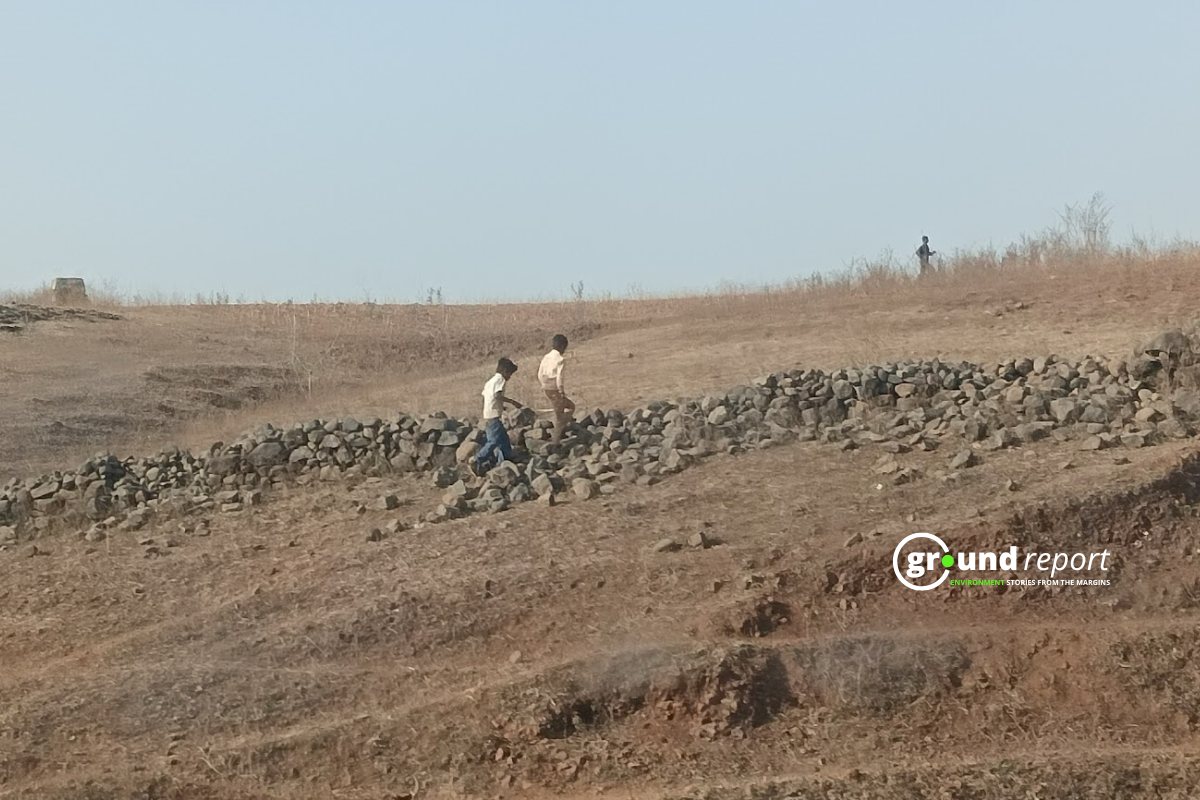The Union Ministry of Environment, Forest and Climate Change has submitted a report to the National Green Tribunal, confirming a sharp rise in glacial lakes across the Himalayan region. The report, filed on April 22, states that the responsibility of monitoring glaciers and managing flood risks now rests with the Ministry of Jal Shakti.
The Ministry of Jal Shakti oversees glacial monitoring through agencies like the Central Water Commission and the National Institute of Hydrology, Roorkee. These organisations track the spread of glacial lakes and report changes to the National and State Disaster Management Authorities.
The Environment Ministry clarified that it does not have the mandate to conduct regular glacier monitoring or set up flood early warning systems. The Govind Ballabh Pant National Institute of Himalayan Environment, under the ministry, functions only as a research agency without regulatory powers.
Although the institute hasn’t done a complete inventory of glacial lakes, it studied 25 glaciers in the Western Himalayas between 1990 and 2015. The findings showed a major rise in the number and size of glacial lakes in Himachal Pradesh, Jammu and Kashmir, and Ladakh.
Rising temperatures are melting glaciers at an accelerated pace. This not only increases the area of existing glacial lakes but also creates new, unstable ones. These lakes pose a growing risk of sudden floods, known as glacial lake outburst floods.
In October 2023, one such lake burst in Sikkim, killing over 55 people and damaging the Teesta III hydroelectric project. The incident highlighted how vulnerable high-altitude communities are to these floods.
Recent studies from ISRO and international research institutions confirm the trend. According to ISRO, 2,431 glacial lakes larger than 10 hectares were identified between 2016 and 2017. Of these, 676 lakes have doubled in size in the past 30 years.
The risk is highest in the eastern Himalayas. Many of these lakes are held back by unstable moraines—natural dams of debris that can break without warning. The 2023 flood in Sikkim was caused by the collapse of such a dam at South Lhonak lake.
Scientists warn that 5,000 glacial lakes across the region are now vulnerable. As temperatures continue to rise, the danger of floods from these lakes will only increase.
Support us to keep independent environmental journalism alive in India.
Keep Reading
Can we talk about BT cotton, India’s only genetically modified crop
What is pesticide selling—protection from pests, and vulnerability to accidental poisoning
What is human cost of India’s pesticide consumption, and lack of regulations
Why does India use lower Pesticides per hectare of cropland than other countries?
Follow Ground Report on X, Instagram and Facebook for environmental and underreported stories from the margins. Give us feedback on our email id greport2018@gmail.com.
Don’t forget to Subscribe to our weekly newsletter, Join our community on WhatsApp, and Follow our YouTube Channel






